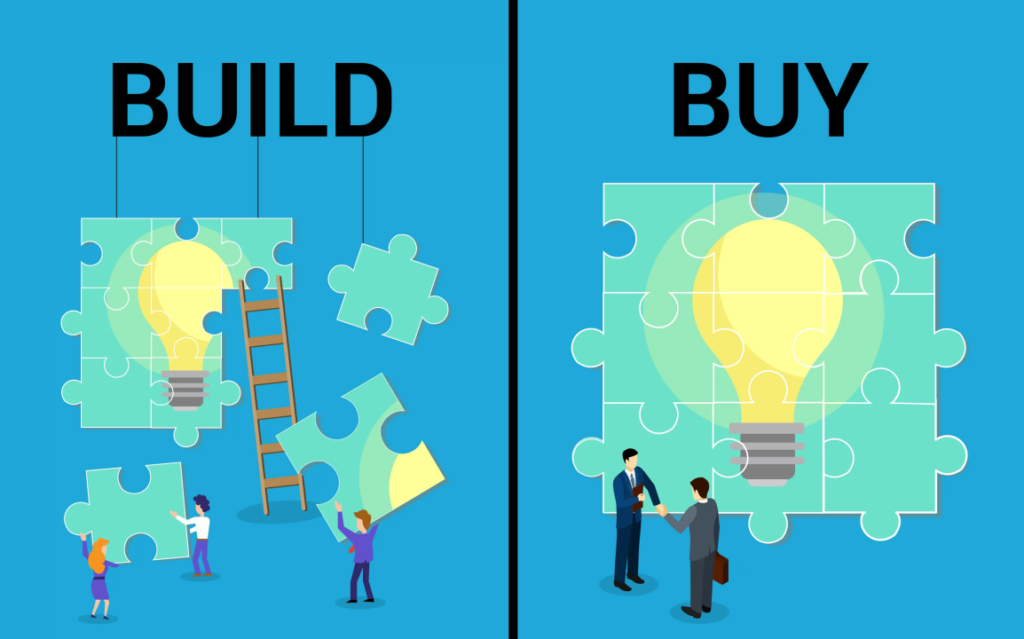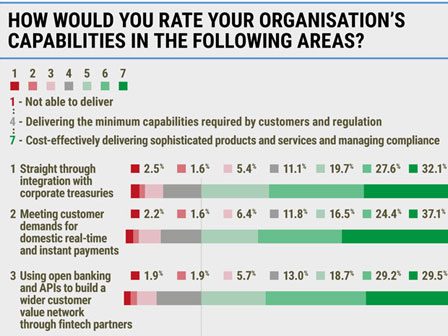Over the past two years, businesses across industries have been scrambling to adapt their operations to accommodate the various impacts of the COVID-19 pandemic. And while no two organizations have taken the exact same approach, virtually all businesses have relied on powerful modern technologies to circumvent bottlenecks and boost efficiency in an historically restrictive environment.
For the payments sector, this has meant greatly accelerating pre-existing efforts to move more permanently into the digital space. Although the pandemic certainly facilitated a direct need among businesses and consumers for digital solutions, those needs have rapidly evolved into preferences and demands, whether for the convenience of digital wallets and wearable payment technology, or the ability to perform faster, more cost-efficient cross-border transactions.
In short, the era of payment modernization seems to have arrived much faster than was previously expected, and payment entities around the world now have an obligation to improve their digital capabilities and cultivate an appetite for continued evolution.
To help with these initiatives, Volante has produced a white paper that examines 10 key markets undergoing radical digital transformations, identifying relevant trends and potential requirements for financial institutions going forward. To put these insights into context, let’s first take a brief look at payments modernization more broadly, as well as a particularly crucial development from one European region.
The Essential Components for Payments Modernization
Payments modernization is a blanket term used to describe the movement from traditional financial processes into the modern, digital space. While there are many different strategies to achieve such a transformation, those strategies will almost universally need to include common, interconnected components.
The first component is real-time, or instant payments. Made possible by the recent Open Banking phenomenon, instant payments offer a convenient, frictionless alternative to traditional payment methods. As real-time payment rails continue to be developed and utilized around the world, and innovations continue to build on their effectiveness, institutions lacking instant payment capabilities will find it increasingly difficult to remain competitive.
The second component is interoperability, without which real-time payments have little viability when it comes to cross-border transactions. Achieving true interoperability involves establishing universal connectivity between international payment hubs, a problem which has proved uniquely challenging to solve, but that initiatives such as the P27 and IXB seem poised to overcome in the near future.
Real-time payments and interoperability, however, both depend on a third component: the open standard ISO 20022 which aims to establish a common model and language through which payments data can communicate. ISO 20022 is essentially a migratory process, or a mandated improvement and alteration of data structure, and will undoubtedly have a critical role to play in the future of payments modernization.
Finally, the most important component to a truly modernized payments landscape is the technology that makes it all possible. Before the widespread implementation of scalable, open-source cloud computing technology, financial institutions were largely bound to costly, inefficient on-premise systems that simply don’t possess the speed or functionality necessary to achieve modernization as we envision it today.
A Lesson from Spain
For an immediate example of advancements in payments modernization, we can turn to the work being done by Iberpay, a real-time payment services provider in Spain.
Between managing the Spanish interbank payments infrastructure (SNCE) and launching the first domestic interbank infrastructure in Europe in 2017 to process instant transfers as part of the Single Euro Payment Area (SEPA) initiative, Iberpay has decidedly put Spain at the forefront of the global instant payment space.
Beyond instant payments, Iberpay also continues to break ground on the interoperability front, establishing a successful connection between major pan-European services. At the beginning of 2022, 99% of the market share in Spain had been connected to Iberpay’s system, which is estimated to process over 500,000 real-time transactions every day.
As a result of Iberpay’s achievements, the digital transformation of the payments industry is in full force in the European region, with the popularity of digital wallets and real-time transfers on track to eclipse the use of more traditional payment methods as early as 2023. Naturally, Iberpay’s example is encouraging financial institutions across the globe to acquire and implement new technologies, meet the evolving demands of consumers, and improve the overall operational efficiency of their payments infrastructure.







